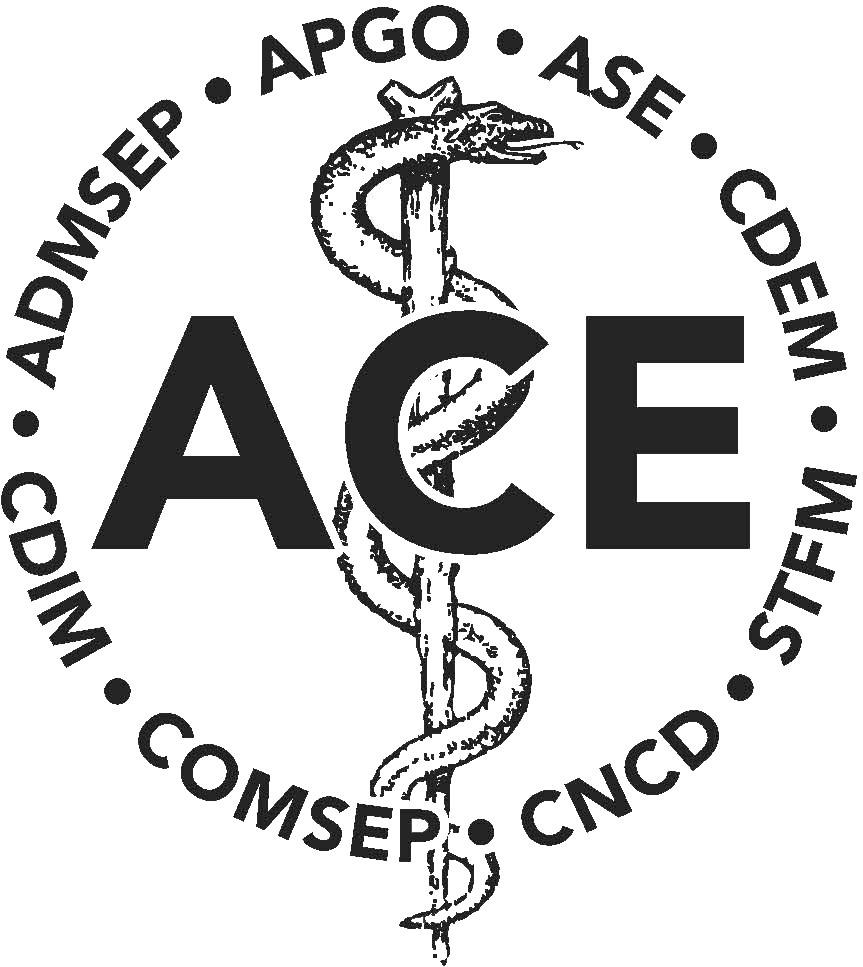Enhancing Medical Education Through Student-Led Quality Improvement Initiatives
by Saurin Gandhi, D.O.; Sherine Salib, M.D. | March 27, 2025
Article Citation: Stanley AS, Kronlage RM, Reid MJ, Rains HG, Kalynych CJ, Lossius MN, Taylor JA, Holland CK. Integrating a Quality Improvement Experiential Platform into Medical Student Education. BMC Med Educ 2025; 25:193. DOI: 10.1186/s12909-025-06709-7
What is this article about?
This article explores the integration of a student-led quality improvement (QI) training program within student-run clinics at the University of Florida College of Medicine. This initiative aimed to enhance medical students’ competency in QI methodology through hands-on experience using QI tools, peer-to-peer coaching, optional QI coursework, and iterative Plan-Do-Study-Act (PDSA) cycles. The study assessed the impact of the program with 15 participating students and 43 non-participating students using the Kirkpatrick model, which is a framework for measuring educational training impact. The results revealed increased student confidence and competency in QI, significantly higher scores in the Beliefs, Attitudes, Skills, and Confidence in QI (BASIC-QI) Scale for participants, and a 10.1% reduction in median patient wait times. The findings suggest that experiential QI training improves both student learning and clinical efficiency, offering a scalable model for integrating hands-on QI education into medical school curricula. This approach prepares students to apply QI principles in real-world settings, meeting national medical education requirements while improving healthcare delivery.
Why should you read the article?
QI is a key focus in medical education and is emphasized by the AAMC and ACGME. Medical schools work to incorporate longitudinal QI training in the curricula but opportunities for students to apply knowledge and principles are rare. This is an important article that highlights how experiential QI training enhances medical education and patient care. It presents a successful model for integrating hands-on QI learning in student-run clinics, evaluation strategies, and tangible improvement of patient outcomes. It offers valuable insights for educators, students, and institutions aiming to develop or strengthen QI education.
How can you use this article?
This article can be used as an example on the successful implementation of experiential QI education in medical training programs. Medical educators can apply the study’s framework – peer-to-peer coaching, PDSA cycles, and structured QI methodology – to enhance student learning in QI and tackle problems faced in multiple healthcare settings. Students can use it as a resource to understand the benefits of hands-on student-led QI training and advocate for similar initiatives at their institutions. Researchers and policymakers can use this study’s findings to support the integration of QI into medical curricula and inform future improvements in healthcare education.
Review Authors: Saurin Gandhi, D.O., Assistant Professor of Internal Medicine, Dell Medical School at the University of Texas Austin, Austin, TX. (Co-authored with Sherine Salib, M.D., Professor of Internal Medicine, Department of Internal Medicine, Dell Medical School at the University of Texas Austin, Austin, TX). Organization: Clerkship Directors in Internal Medicine
